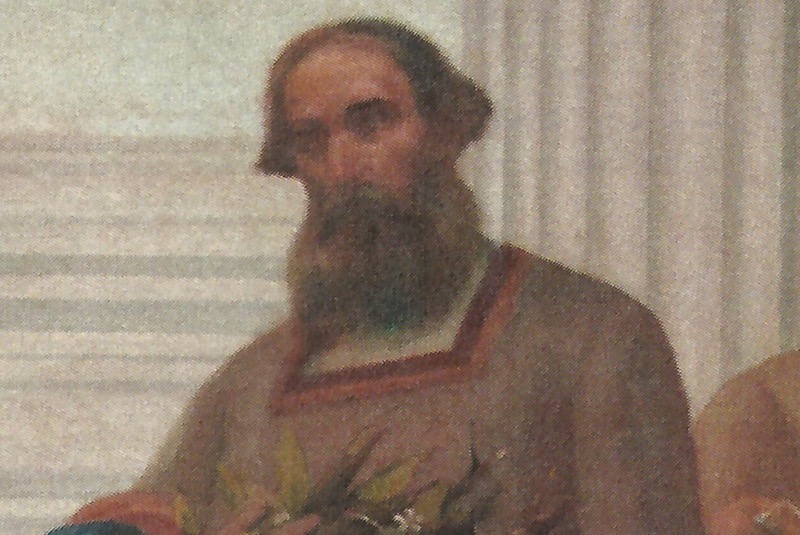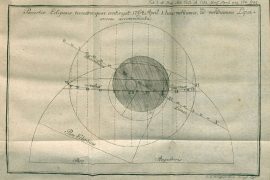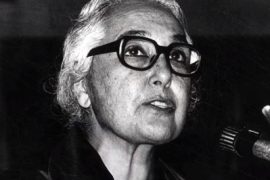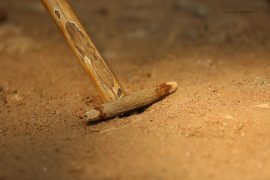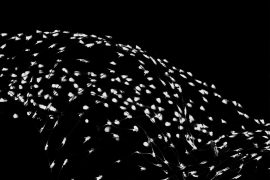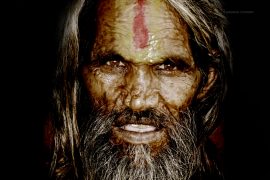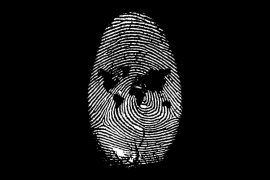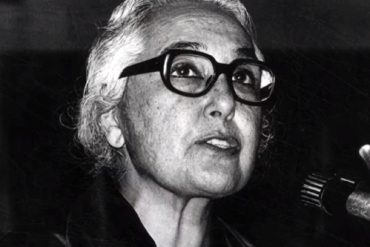Garcia de Orta was a well-known physician. A Sephardic Jew, de Orta fled Portugal in the face of European Inquisition. He was born in Castelo de Vide, Portugal, most likely around 1501, to trader Ferno (Isaac) da Orta and Leonor Gomes. Violante, Catarina, and Isabel were his three sisters.
His parents, Spanish Jews from Valencia de Alcántara, had fled to Portugal, along with many others, during the Great Expulsion of the Spanish Jews by the Reyes Catolicos Ferdinand and Isabella of Spain in 1492. They were dubbed Cristos Novos (New Christians) and Marranos (‘swine’) after being forcibly converted to Christianity in 1497. Some of the refugees covertly practised their Jewish religion.
De Orta attended the Universities of Alcalá de Henares and Salamanca in Spain, where he studied medicine, art, and philosophy. In 1525, he graduated and returned to Portugal. Initially, he practised medicine at his hometown. However, he moved to Lisbon in 1526; in 1532, he was appointed as professor at the University of Lisbon. He also became John III of Portugal’s royal physician.
Two years later, in March 1534, De Orta sailed to Portuguese India as Chief Physician aboard the fleet of Martim Afonso de Sousa and was eventually appointed Governor. He decided to leave Portugal because of the Portuguese Inquisition’s growing authoritarianism and to avoid prohibition on the emigration of New Christians.
In September 1534, de Orta arrived in Goa. He accompanied Martim Afonso de Sousa on several battles until settling in Goa in 1538, where he established a thriving medical practice. He became the physician and friend of Burhan Nizam Shah I of the Nizam Shahi dynasty of Ahmadnagar and to many subsequent Portuguese Viceroys and administrators of Goa.
Garcia de Orta visited and dined with the Sultan’s high-ranking cavalry commander, Firangi Khan, many times while serving as the Sultan’s physician. Firangi Khan had converted to Islam for material reasons and held a high position in the Sultan’s court. However, in his relationship with the Portuguese empire (despite serving an enemy Muslim state), he subsidised Misericórdias charities. Moreover, according to Garcia de Orta, the cavalry leader broke religious rules by eating pigs and drinking wine during private meals.
Khan also ‘urged other Christians to never abdicate their principles.’ He even planned to return to his country’s hometown as he was secretly pardoned by the viceroy, Afonso de Noronha. His title and name, which literally means ‘foreigner Khan,’ did not come from his homeland. Sancho Pires was his real name. He was a former Portuguese gunner and Matosinhos native who perished in combat in India.
Between September 1554 and June 1555, the King of Portugal gave Garcia da Orta a life lease for the Ilha da Boa Vida (“the Island of the Good Life”), which later became a part of Bombay, via Viceroy Dom Pedro Mascarenhas. The sole requirement of the lease was that he renovate the property.
De Orta had a big garden and a stately home. He also had a fantastic library. The mansion was not distant from where Bombay’s Town Hall was constructed. Garcia de Orta married Brianda de Solis, a rich relative, in 1543. The marriage was unpleasant, but the pair had two children. In 1549, De Orta’s mother and two sisters were able to join him in Goa after being imprisoned as Jews in Lisbon.
Garcia de Orta secretly continued to claim that ‘the Law of Moses was the real law,’ according to a confession by his brother-in-law after de Orta’s death. In other words, like the rest of his family, he remained a devout follower of the Jewish faith.
In Goa, an inquisitorial court was established in 1565. Persecution of Jews, hidden Jews, Hindus, and New Christians started in earnest. Garcia died in 1568, seemingly unaffected by the persecution, but his sister Catarina was caught as a Jew the next year and burnt at the stake for Judaism on October 25, 1569, in Goa. Garcia was found guilty of Judaism after his death. His bones were discovered and burned after his death on December 4, 1580.
According to the Goa Inquisition’s auto-da-fé records from 1560 to 1812, a total of 57 people, crypto-Jews, crypto-Muslims, etc., were burned in the flesh and 64 in effigy, i.e. a statue resembling the person.
It is unknown what happened to his daughters. Orta’s family members, including his mother and sisters, were temporarily imprisoned and questioned in Portugal during his lifetime, but they were likely protected by his friend and patron, Martim Afonso de Sousa, Governor-General of Portuguese India, from 1542 to 1545.
In contrast to intolerant Europe throughout the Middle Ages, India was a cosmopolitan paradise that housed a variety of religions. For this reason, India drew many international visitors.
Jonathan Gil Harris, in his book The First Firangis, recounts the tales of several ‘firangis,’ including de Orta, who immigrated from other countries and became Indians. Unlike William Dalrymple’s ‘White Mughals,’ who came from a wealthy background and held positions of power in the East India Company or the British military, these foreign immigrants came from much humbler backgrounds and had far more modest aspirations. They had arrived in India and had no option but to embrace the indigenous culture.
Harris writes about de Orta’s ‘preference for Arabic knowledge and practice.’ He wonders why Orta would choose a Muslim’s understanding over Galen’s more conventional European sciences and corpus. Was he just a more tolerant person? And when did he acquire this fundamental knowledge of Arabic?
Garcia de Orta remains a celebrated physician whose book on tropical medicine based on conversations with local hakims won laurels across the world. He was honoured with a coin in 20th-century Portugal.
-30-
Copyright©Madras Courier, All Rights Reserved. You may share using our article tools. Please don't cut articles from madrascourier.com and redistribute by email, post to the web, mobile phone or social media.Please send in your feed back and comments to editor@madrascourier.com

